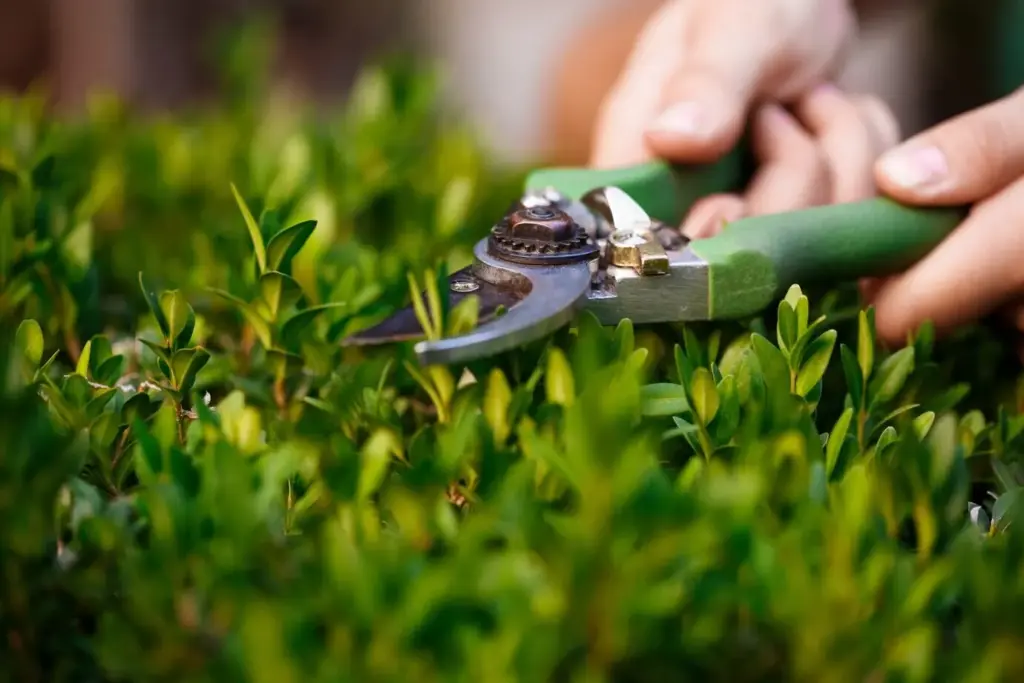Designing Outdoor Living Zones That Welcome You Outside
Begin With the Site, Not the Sketch
Light, Shade, and Wind Patterns
Spend a week mapping sun and wind with notes or quick phone photos. Morning sun may suit coffee seating, while hot western exposure benefits from a canopy, vine, or shade sail. Track prevailing winds and turbulent corners; what feels like a mere breeze today can chill guests at dusk. Use deciduous trees for summer shade and winter light, and tuck seating into lee pockets where sound and scent collect without stifling airflow.
Soil, Slope, and Drainage
A long-lasting patio starts with drainage, not furniture. Aim for a subtle 1 to 2 percent slope away from structures, protecting foundations and preventing slick surfaces. In clay soils, consider French drains or permeable bases that move water efficiently. Compaction matters: set pavers over a stable, well-graded base rather than soft fill. If frost heave is common, deepen the base and choose flexible jointing sand. Your feet will feel the difference every rainy season.
Lifestyle Mapping Before Layout
Sketch your routines directly on the lawn with stakes and string. Imagine breakfast for two, a grill station away from doors, a quiet hammock near fragrance, and room for kids or pets to flow safely. Separate messy tasks from relaxation zones by distance or planting, not just hope. Define key destinations first, then connect them with paths that reflect actual habits. When your plan mirrors your daily rhythm, maintenance shrinks and enjoyment expands effortlessly.
Patio Layouts That Live Beautifully
Paths That Guide, Connect, and Slow You Down
Seating That Encourages Conversation and Rest

Planting Frames the Rooms Outdoors

Details, Durability, and Ongoing Care
All Rights Reserved.